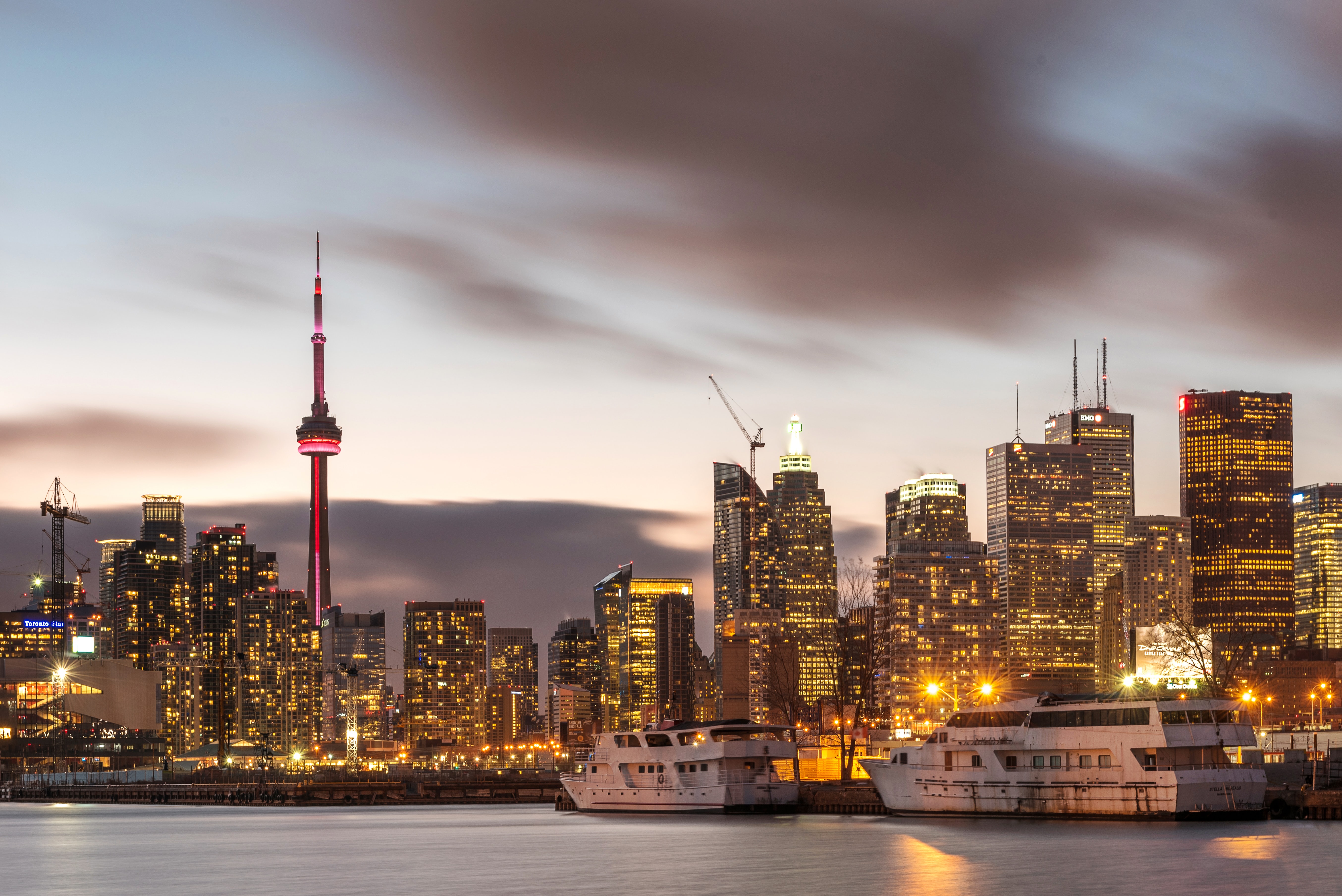
In May 2020, Google-affiliated Sidewalk Labs abruptly cancelled its smart city vision for Toronto’s waterfront, citing that “unprecedented economic uncertainty” created by the pandemic had made the project unachievable.
Named ‘Quayside’, the venture proposed a 12-acre development of sleek apartments and neighbourhood amenities that heavily incorporated data and technology into urban design and residents’ daily living.
Including an underground delivery system and ice-melting heated roads, the futuristic plan aimed to turn Toronto into the world’s first truly ‘smart city’.
Yet, the Quayside development faced fierce criticism before it could even get underway.
Planned for the heart of the development was the harvesting of an extensive flow of data, amassed by studying millions of residents’ daily movements through sensor-laden streets and buildings.
However, critics saw a darker side to Sidewalk Labs, fearing that residents’ data would be stored and used by Google. Such fears only intensified after a series of publicised data breaches at Big Tech companies.
US businessman Roger McNamee described the project as “the most highly evolved version to date of surveillance capitalism”, warning that Google would use “algorithms to nudge human behaviour” for corporate interests.
Despite Sidewalk’s assurances that the data collected wouldn’t be shared with third parties, Toronto city council members began to voice official concerns. A National Research Council report stated that Canada was in danger of becoming a “data cow” for foreign tech companies.
After years of a controversial public debacle that played out in court rooms and street protests, the proposals were eventually abandoned altogether.
An industry slowing down
The story of Quayside’s defeat perhaps has greater implications for the future of smart city culture. Toronto has coincided with numerous high-profile examples of downscaling in grand smart city projects across the world, such as Songdo in South Korea and the ill-famed Masdar City in Abu Dhabi.
In fact, the overall trend of the smart city sector is declining, as the regions with the most smart-city deployments have seen large drop-offs in new developments. For instance, the number of new projects in Europe increased year-on-year to a peak of 43 in 2016- yet fell to just 17 in 2020.
Likewise, data suggests that the major suppliers to government smart city projects have considerably weakened their influence on the sector. Since 2016, companies such as Cisco Systems, Vodafone and Telensa have greatly reduced the number of new developments that they are undertaking, whilst there are numerous examples of backtracking throughout the industry.
In late 2020, Cisco Systems announced that the company was scrapping its flagship smart-city software altogether. Such instances suggest at least a slowing down in production ventures or perhaps even a full-on shift in company priorities.
So, why is the smart city bandwagon beginning to falter?
Not ‘smart’ enough post-pandemic?
Whilst the privacy backlash movement that finished off Quayside is exemplary of existing privacy concerns before Covid-19, the pandemic may have further compounded the barriers faced by the smart city.
The hard-hitting financial implications and uncertainties created by the pandemic have presumably put ambitious smart city projects on the back burner, as city governments re-align their priorities towards economic recovery.
“They’ve [smart city technology providers] all seen the challenges and the opportunities in this pandemic moment,“ says Nigel Jacob, co-chair of the Mayor’s Office of New Urban Mechanics, a civic-innovation research lab in Boston. “I think they are still struggling and looking at their product portfolio and looking to see what value they can add. I do think the field has shifted.“
Jacob suggests that the pre-Covid landscape of smart city promotion has ultimately shifted, a viewpoint that is echoed throughout the industry. Many believe that the pandemic has forced city governments and citizens to re-evaluate their priorities of what needs to be achieved through urban areas.
David Bicknell, principal thematic analyst for GlobalData, argues “Smart cities had their time. They are no longer about glossy, sensor-driven metropolises.“ He adds, “The impact of the pandemic and climate change now means smart cities cannot just be ‘smart’ – they must be resilient and sustainable, too.”
It could be argued that there is now a greater focus for citizens in creating tangible outcomes in their communities on the key issues of climate change, health and social equity.
Whilst the potential for technology to contribute to driving change in these areas is undoubted, the idea that a smart city business model should just be about the city getting smarter is difficult to uphold in the landscape of post-pandemic finances.
With the exception of climate change issues, the traditional smart city does not look to tackle the big issues that have really been reinforced by the pandemic, Jacob argues.
Privacy concerns here to stay
The pandemic also introduced a new array of concerns surrounding data collection. Contact tracing apps, biometric vaccine passports and temperature scanning as a condition to entering premises have added fuel to the fire of privacy issues that people are now encountering.
Added to this, some academics worry that whilst these technologies have been accepted into day-to-day life under unprecedented measures, it leaves open the possibility of such platforms being manipulated for more sinister purposes in the future.
And, with the numerous high profile legal cases surrounding Facebook, Amazon and Google’s privacy policies now regular features in the media, the public is certainly more aware in its understanding of privacy issues since the Quayside story.
Final Thoughts
Despite how strongly opposed many residents were to the Toronto Quayside development, it is clear that the integration of sensors, scanners and cameras into city living is here to stay. And there are undoubted benefits of smart technologies that are already evident in cities throughout the world- from intelligent LED street lighting to data-driven traffic control systems.
However, for the potential of smart technologies to be truly realised and accepted by the public, the smart city must be re-aligned to fit the privacy conscious post-pandemic world.
Further reading: more about smart cities on The Knowledge Exchange Blog

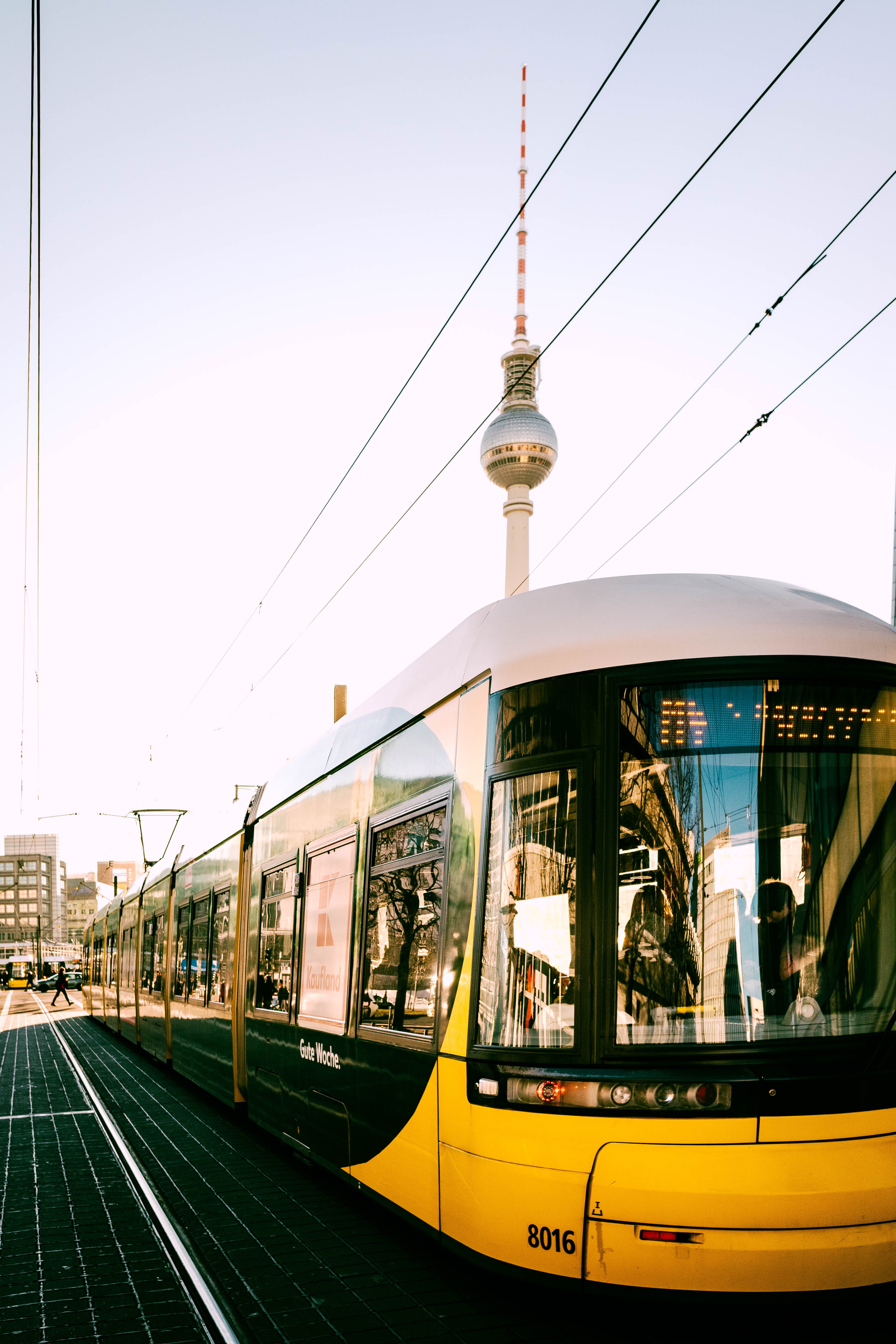


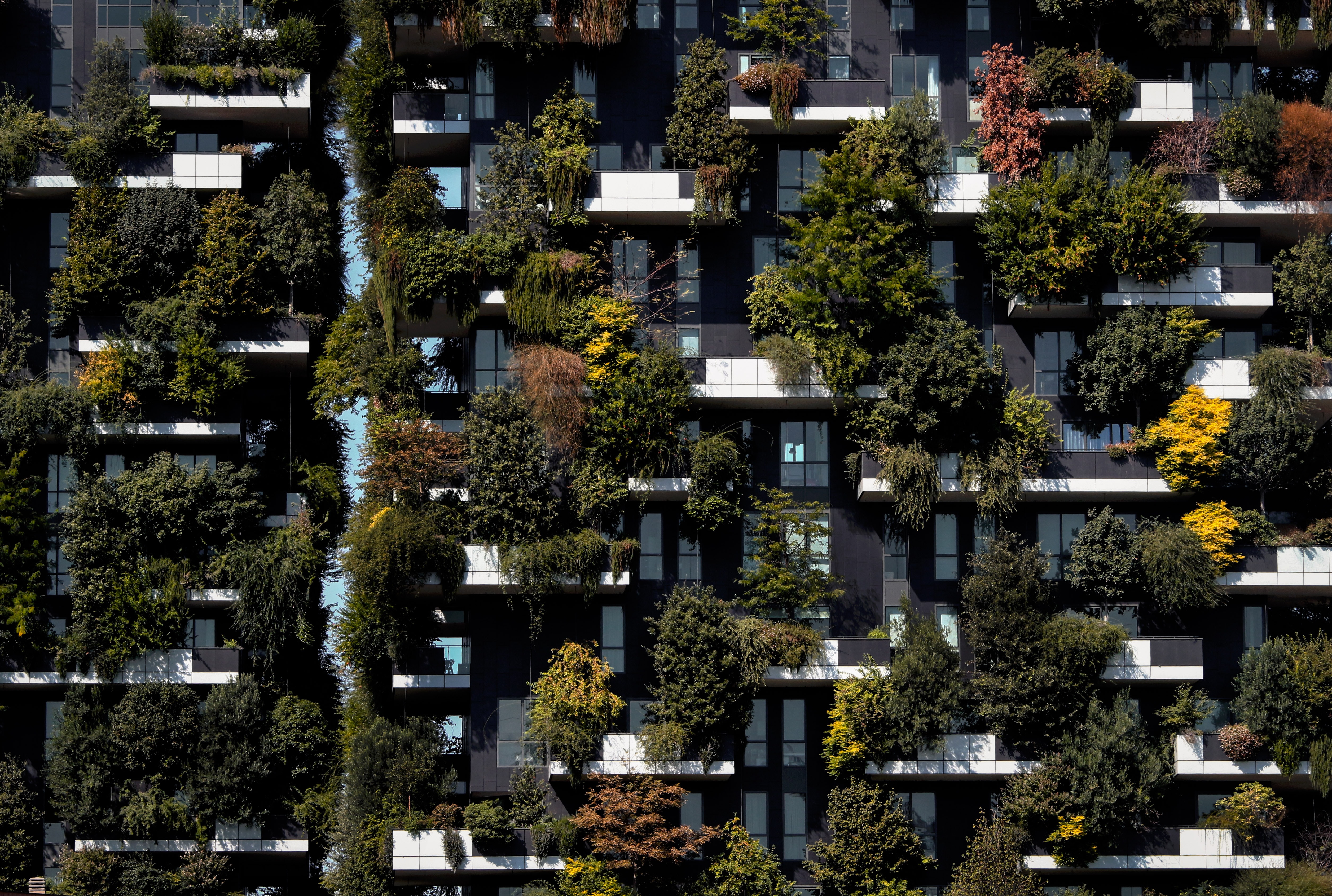

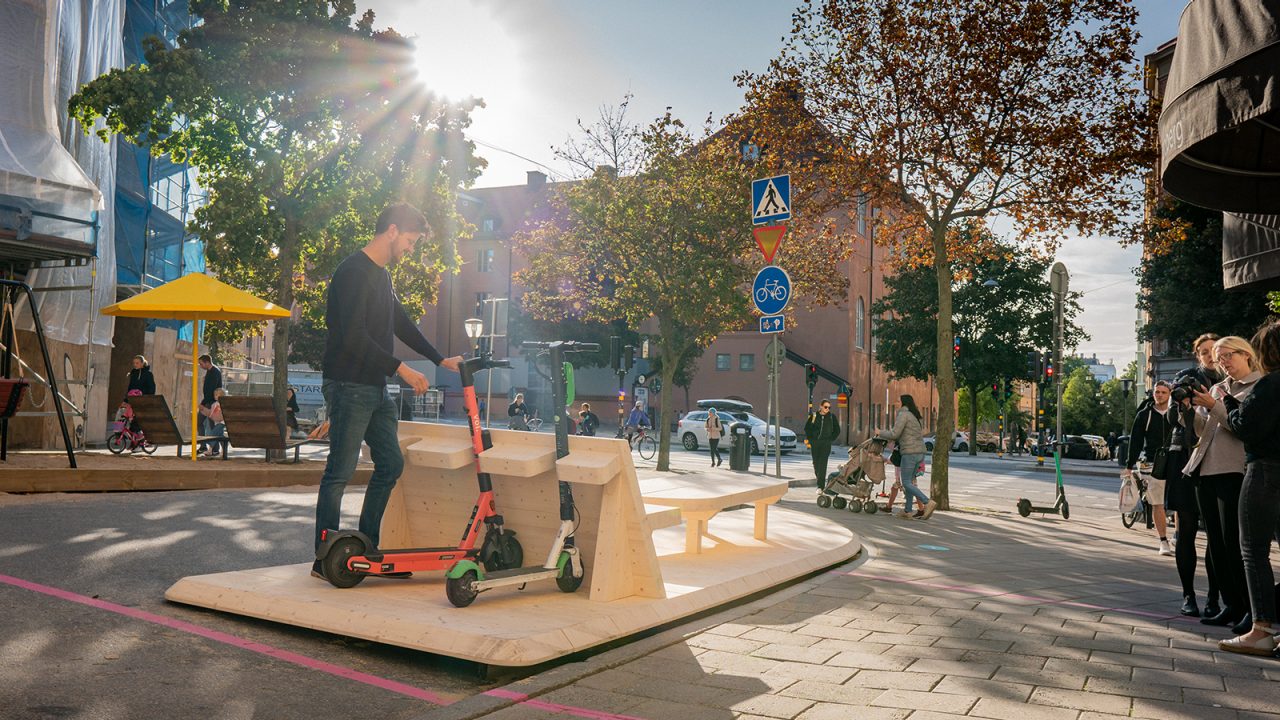
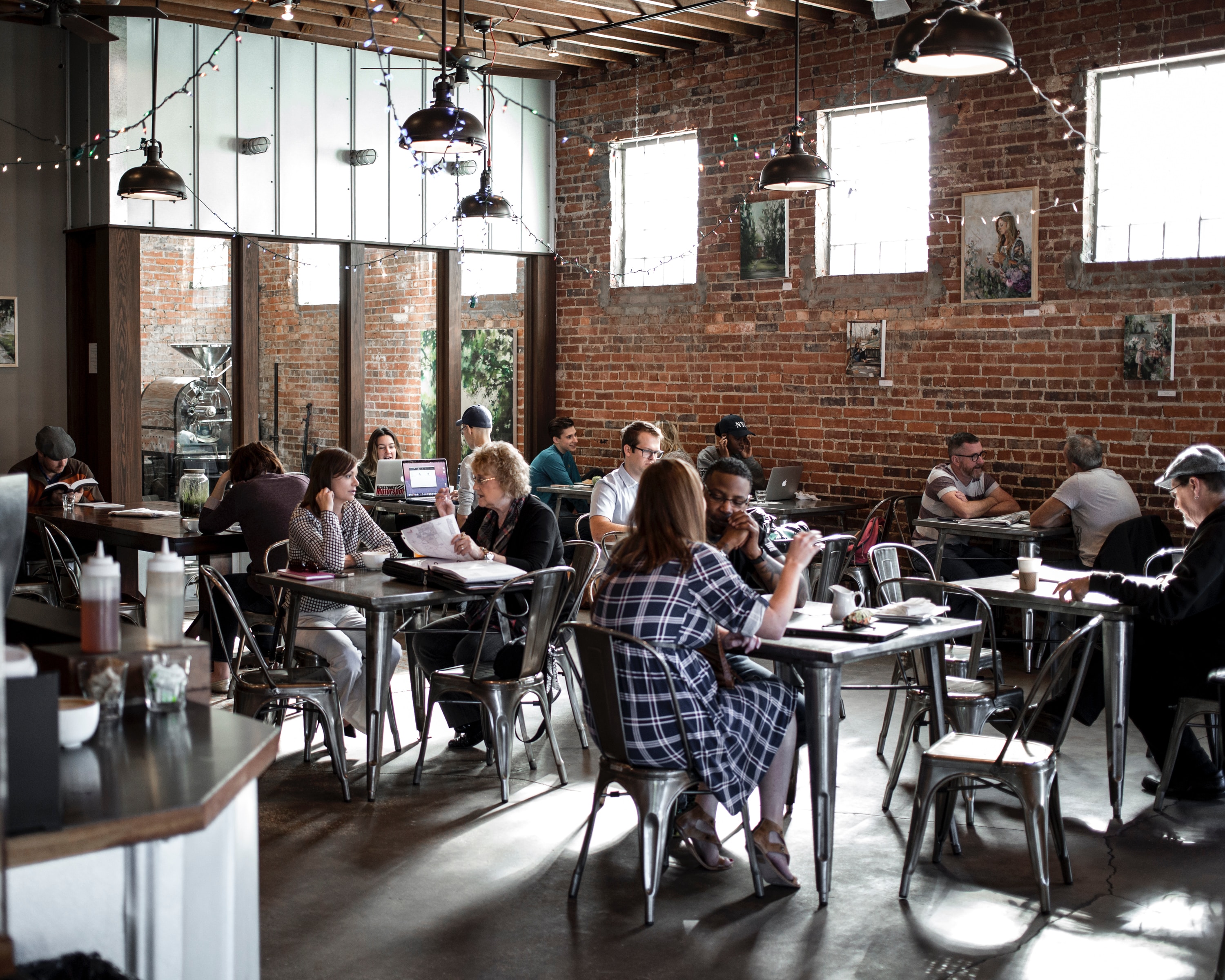
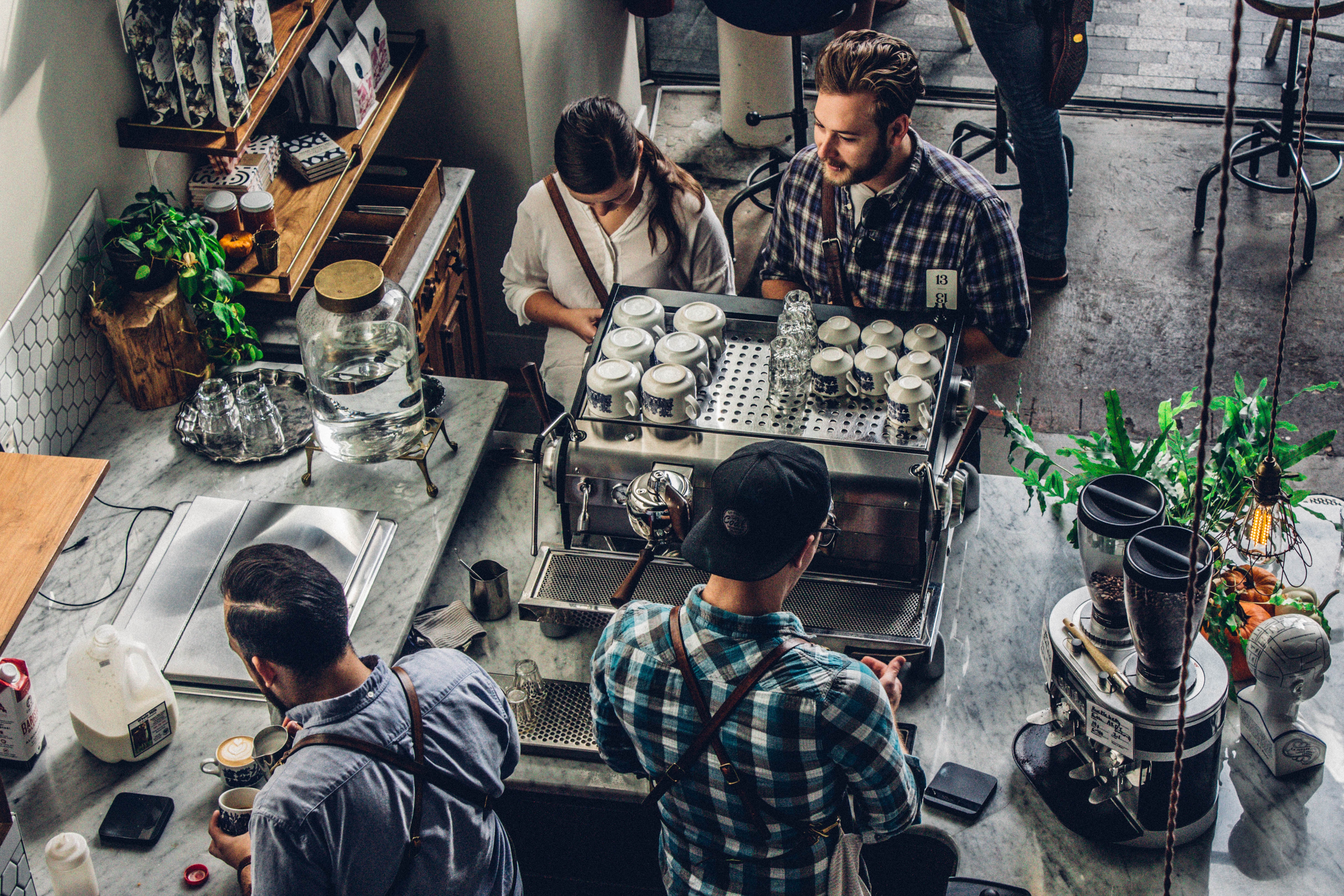


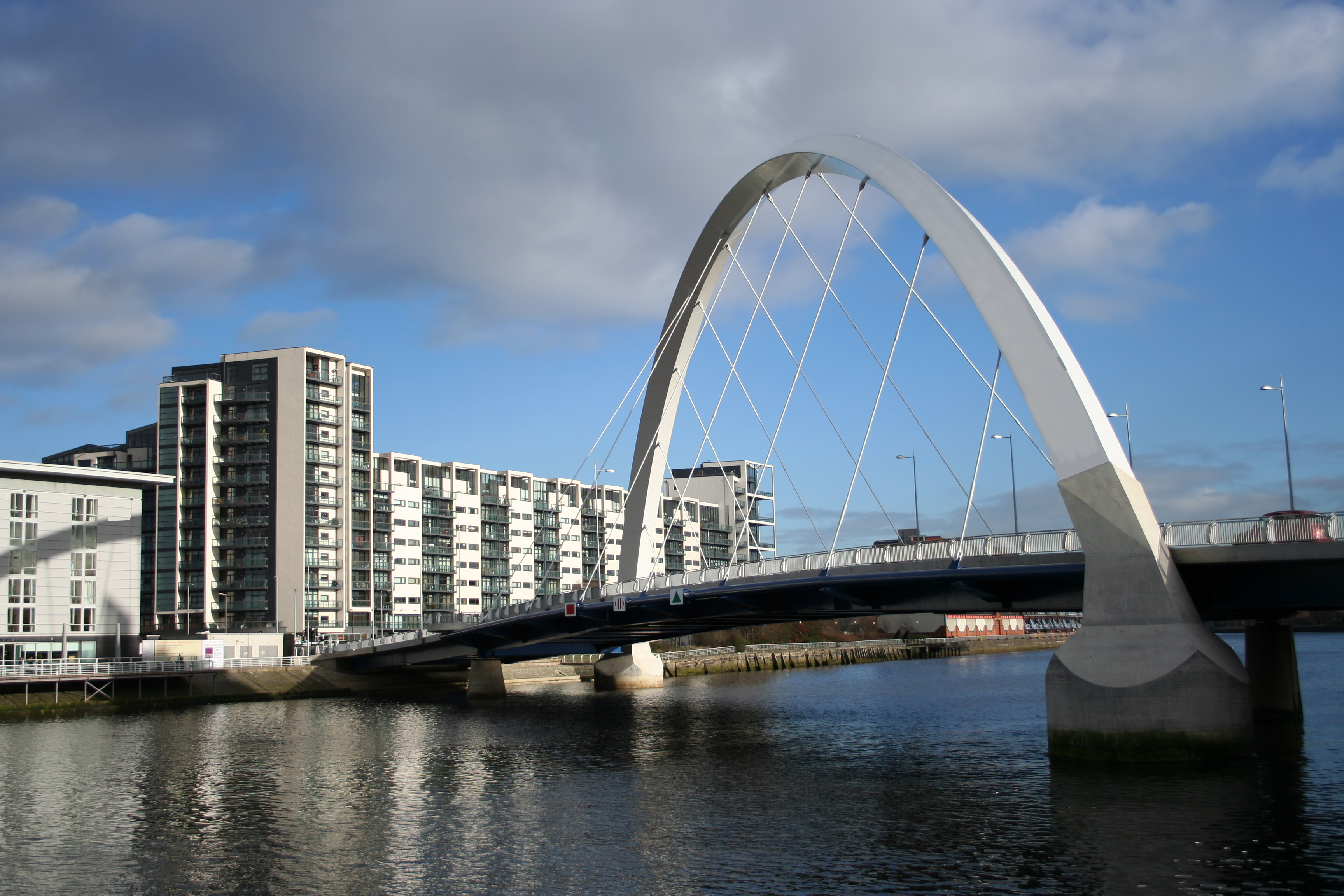



You must be logged in to post a comment.